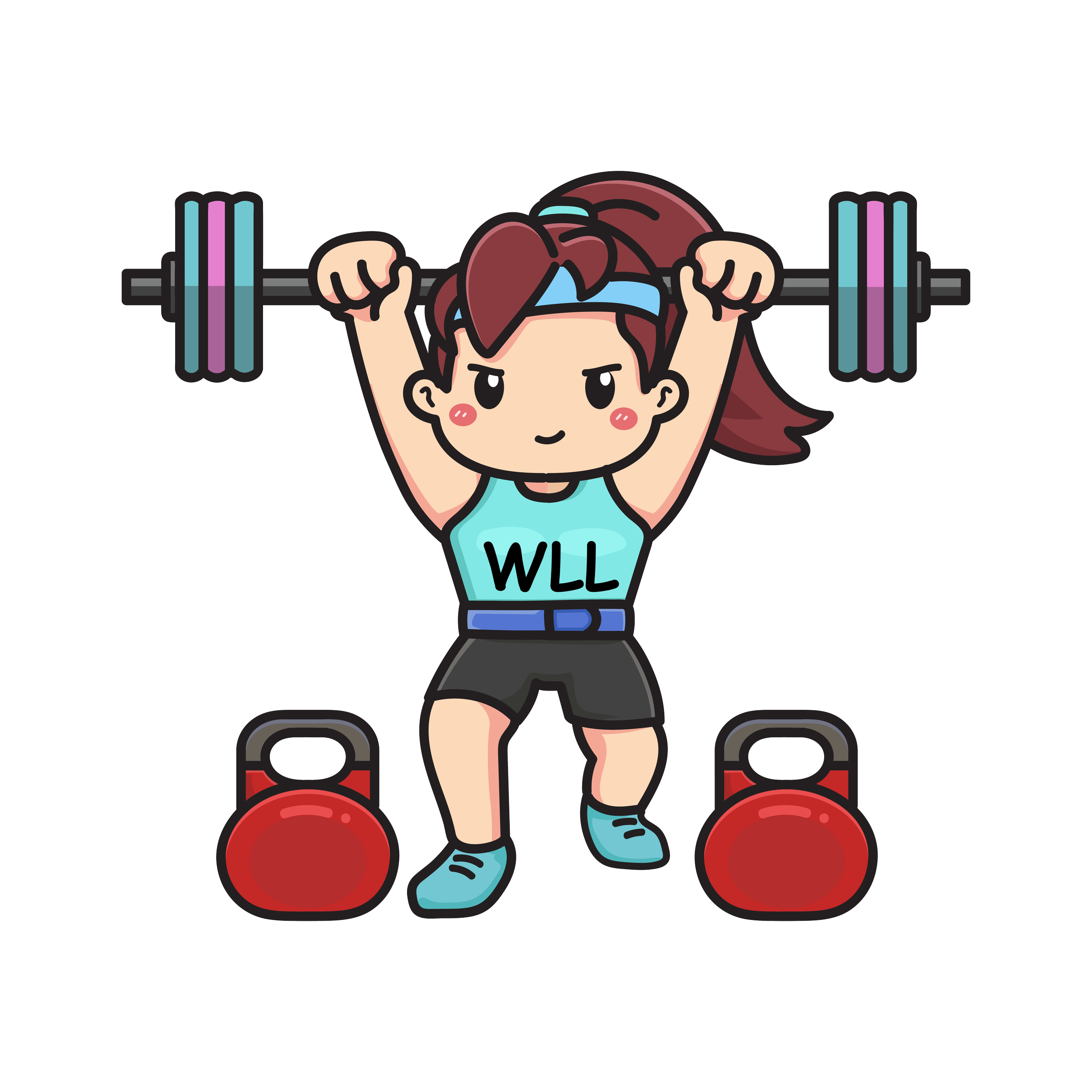How Exercise Can Improve Arterial Health
Circulation
Thomas Sydenham was an English physician in the 1600’s and is recognized as the founder of clinical medicine and epidemiology because he focused on detailed observations of patients and meticulously maintained accurate records. He has been called the ‘English Hippocrates’, which is a fairly high standard to be held too.
Over 300 years ago, Dr. Sydenham observed “A man is as old as his arteries.” In layman’s terms, this means that your overall health is only as good as your arteries, considering oxygen-rich blood is the lifeline to all the tissues in your body.
Today we also know that regular exercise is one of the best ways to maintain artery health.
Arteries
A regular exercise program has a major effect on the health of your arteries. Doctors used to think of arteries as passive conduits for blood, working for your body the way a garden hose works for your lawn. This was clearly incorrect! Arteries are in fact not passive and are very complex tissues that have regulatory functions and they are at the forefront of cardiovascular health.
Every artery has three layers in its wall (see figure below). The inner layer, or intima, is composed of a thin layer of endothelial cells that are in direct contact with the bloodstream. Endothelial cells release substances that control vascular relaxation and contraction as well as enzymes that control blood clotting, immune function and platelet (a colorless substance in the blood) adhesion. The middle layer, or media, is composed primarly of smooth muscle cells and elastic fibers. The outermost layer, or externa, is made up of supporting tissues that are dense and strong in larger arteries but nearly absent in the delicate blood vessels of the brain.
Health and Disease
The endothelium is the innermost of the artery's three layers. It produces nitric oxide, which helps keep the artery open and healthy. Chronic low grade inflammation can cause an increase in cholesterol, which in turn can contribute to the formation of plaque within the arteries.
As mentioned above, endothelial cells produce nitric oxide. Nitric oxide has two important functions. First, it maintains a smooth and slick arterial lining. This prevents white blood cells and platelets from catching as this causes damage to the lining resulting in blood clots (as a result from chronic inflammation). Second, it relaxes smooth muscle cells for the arteries middle layer, preventing constriction, which helps keep the arteries open and blood flowing.
Researchers are always seeking ways to boost endothelial cells nitric oxide levels. In fact, that’s how Viagra and Cialis work. They improve nitric oxide production in the penile arteries, which allow more blood flow causing an erection. While that is a wonderful outcome, it’s temporary as the half life for nitric oxide is short and it doesn’t do much for the entire body. No drug on the market today can regulate nitric oxide levels in the long term. However, exercise may succeed where pharmaceutical drugs fail.
Movement means artery health improvement
Here is where exercise comes into play. Exercising muscles require more blood. In response to regular exercise, the body increases the amount of blood vessels in their network. It also enhances nitric oxide production. This in turn allows muscle cells to generate more healthy mitochondria (power house of a cell) to create energy. The result is an increase in oxygen-rich blood and a very efficient metabolism. This is really the formula that explains why people who exercise regularly enhance their endurance, strength, and stamina (as well as those erections discussed above).
And there's more: To find out if exercise can affect arterial aging, scientists in Italy studied four groups of healthy people: young exercisers, young non-exercisers, elderly exercisers, and elderly non-exercisers. Comparing sedentary youths with sedentary senior citizens, they found that age took a substantial toll on endothelial function and nitric oxide production. But in people who exercised regularly, age had a much smaller effect; endothelial function still declined over the years, but there was a much smaller and more gradual drop in nitric oxide production. Indeed, exercise helped keep arteries young.
It’s never too late to get moving…
The Italian researchers studied people who biked, ran, or swam at very high levels. But you don’t have to be a superstar athlete to maintain arterial health. Just 2-3 miles of brisk walking nearly every day is a great step in the right direction.
Scientists from the University of Colorado enrolled 20 sedentary men with an average age of 53 in an exercise program that largely focused on walking. After three months, the men had improved their endothelial function so much that they achieved results similar to those of middle-aged and older men who had exercised for years. Similar studies of patients with coronary artery disease have demonstrated that exercise can produce important gains in the endothelial function, even in people who already have atherosclerosis. Atherosclerosis is the narrowing and hardening of the arteries by plaque, which can lead to a stroke.
Regular exercise helps arteries by boosting the endothelial cells' nitric oxide production. And research suggests it may even do more. Animal studies have found that exercise stimulates the bone marrow to produce endothelial progenitor cells, which enter the bloodstream to replace aging endothelial cells and repair damaged arteries. For people with coronary artery disease, high levels of endothelial progenitor cells in the blood are associated with protection from cardiac events and death from cardiovascular disease.
It's time to help your arteries by getting the exercise you need. That means 30–40 minutes of brisk walking or a similar activity nearly every day. Lifting weights and other resistance training activities that get your heart rate going is also going to give your arteries a boost.
So if you are looking for the Fountain of Youth, you may just have found it with exercise. Again, you are as old as your arteries!



